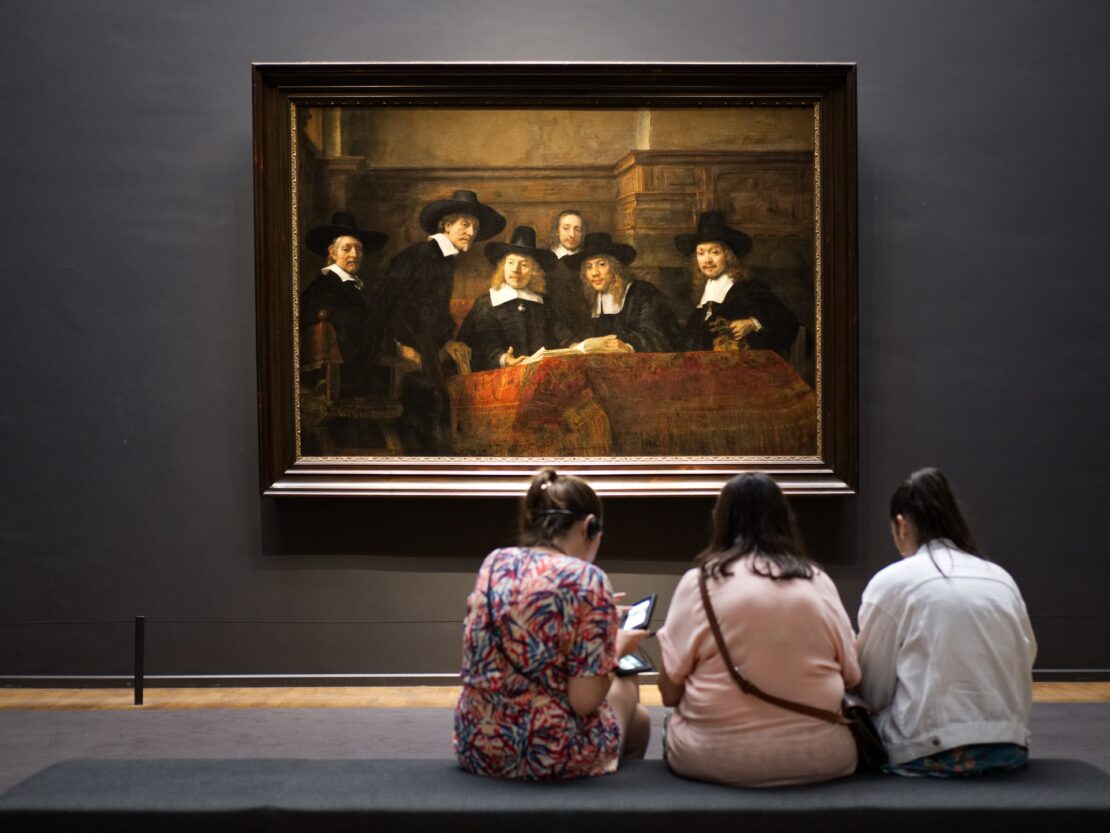What to Know When Donating Art
What to Know When Donating Art In today’s collecting marketplace, many high net worth individuals (HNWIs) are building large and, in some cases, important art collections. They will often make donations from their collections to museums and other organizations, either as charitable gifts or under a certification as cultural property. The process for this certification is overseen by the CCPERB (Canadian Cultural Property and Export Review Board), and approved donations benefit from a 100% capital gains exemption and a tax credit for their full fair market value. Due to abuses by various tax shelter promoters, special provisions were included in the 2014 Tax Act to curb fraudulent schemes and the misuse of this generous gifting regime. For items acquired as part of a tax shelter arrangement, or acquired less than three years prior to the date of donation, the value of the property is deemed to be no greater than its cost to the donor. CCPERB determines the fair market value of items gifted as cultural property on the basis of professional appraisals provided by qualified independent appraisers. For items with an aggregate value under $50,000 one appraisal is required, while two appraisals are required for items worth $50,000 or more.* Appraisals may be solicited directly by the donor or through the receiving institution, but in all cases must be at arm’s length and conform with the format for monetary appraisals issued by CCPERB. The Canada Revenue Agency’s guidelines also stipulate that appraisers should be accredited, independent and knowledgeable about the principles, theories, and methodologies of the applicable valuation discipline. They must also follow the current version of the Uniform Standards of Professional Appraisal Practice (USPAP). Individuals interested in gifting works in their collection should work with professional advisors (financial planners, tax attorneys and art advisors) to take advantage of tax laws and future estate-planning options. They should work with museums that have an interest and mission related to the donated work, and are able to receive gifts of cultural property as a designated institution. Finally, always work with qualified independent appraisers familiar with the legal and procedural requirements for various gifting regimes, allowing the donor to take full advantage of the charitable contribution and any tax deduction. Given all of the various scenarios, potential donor institutions, and tax implications, it is important for HNWI art collectors to employ professionals for proper advice, direction and valuations. * In cases where the appraisal has been prepared by a committee, only one appraisal is required. Written by Ken Forsyth, ISA AM
ISA Canadian Chapter President
289.252.0543 or email


